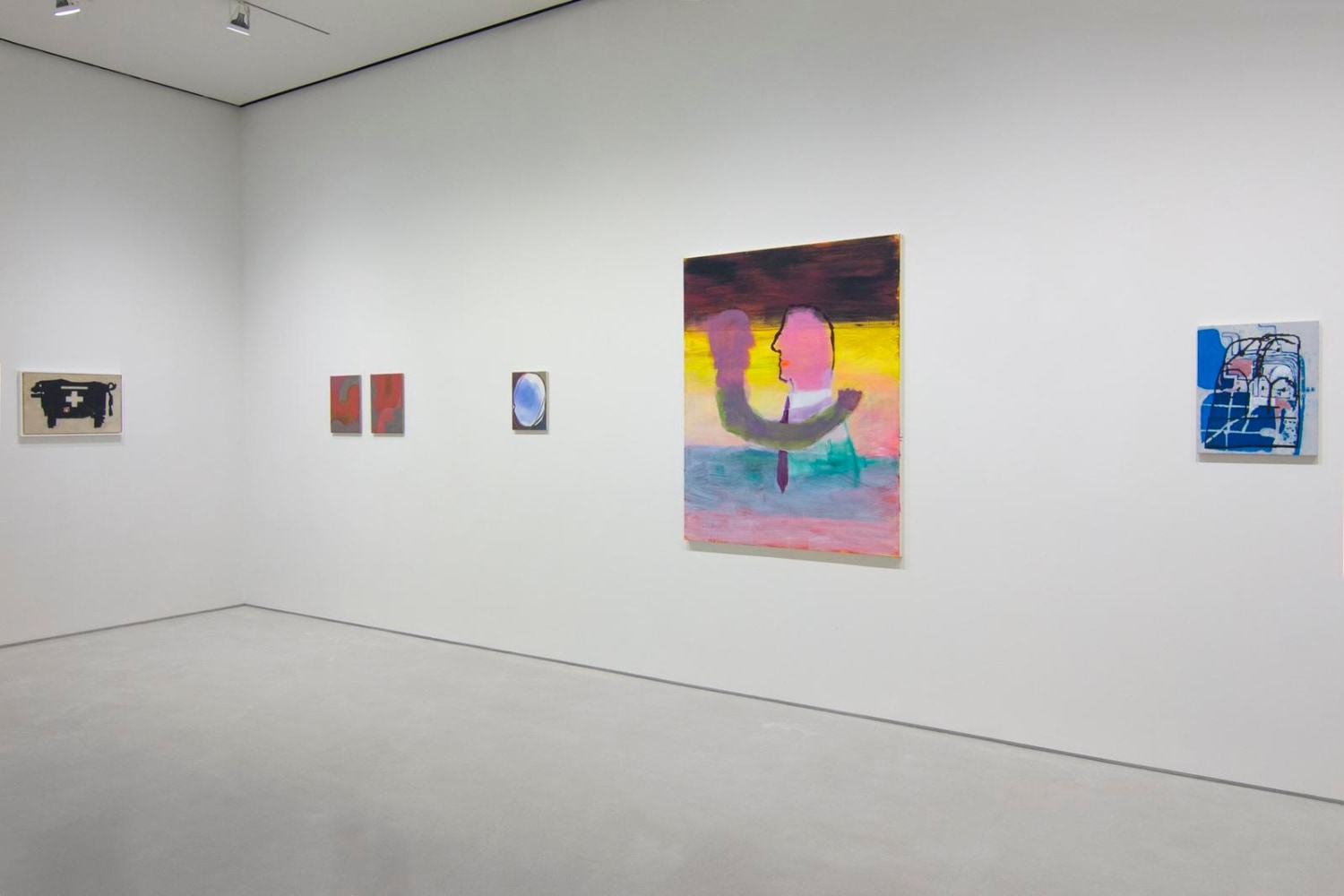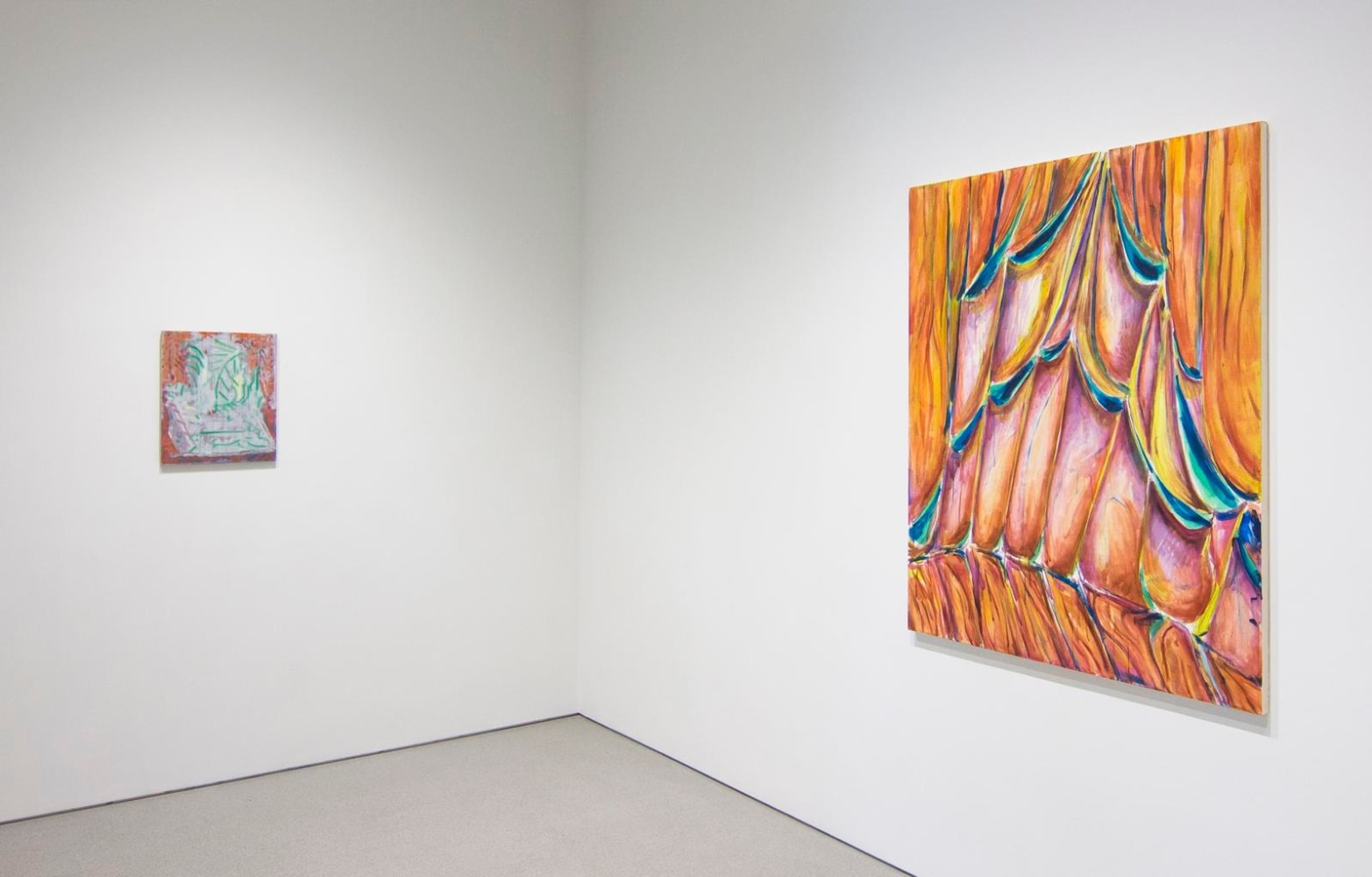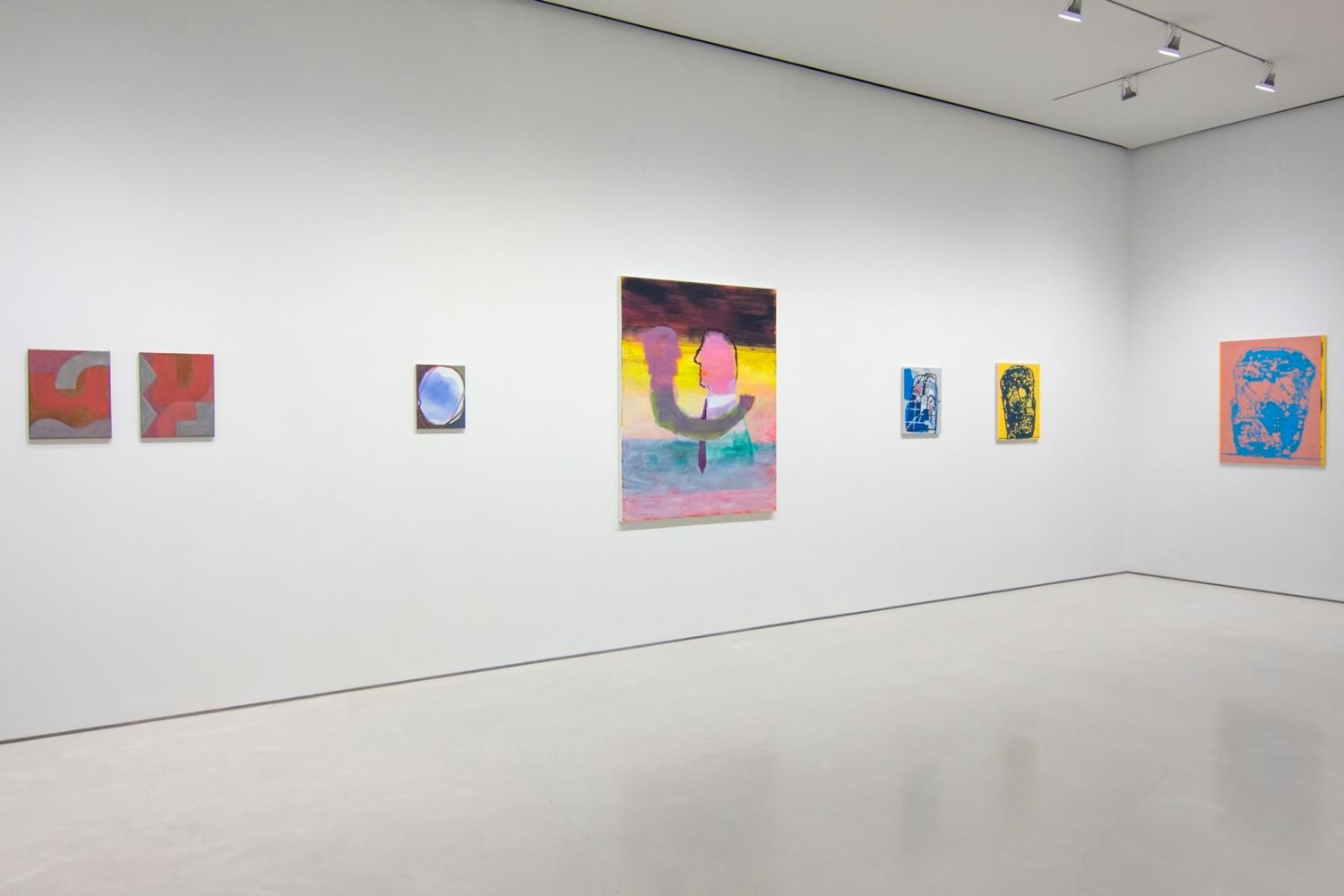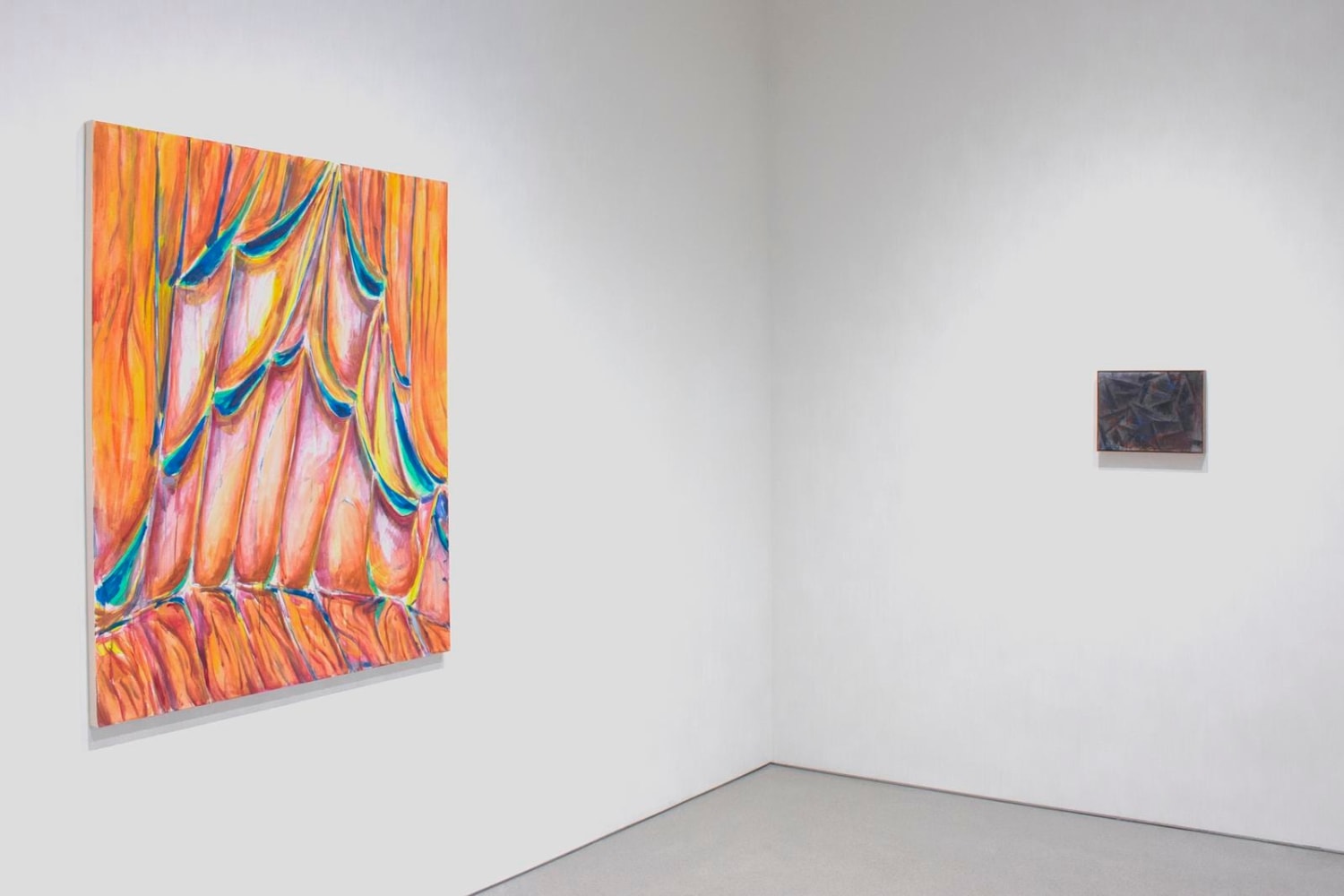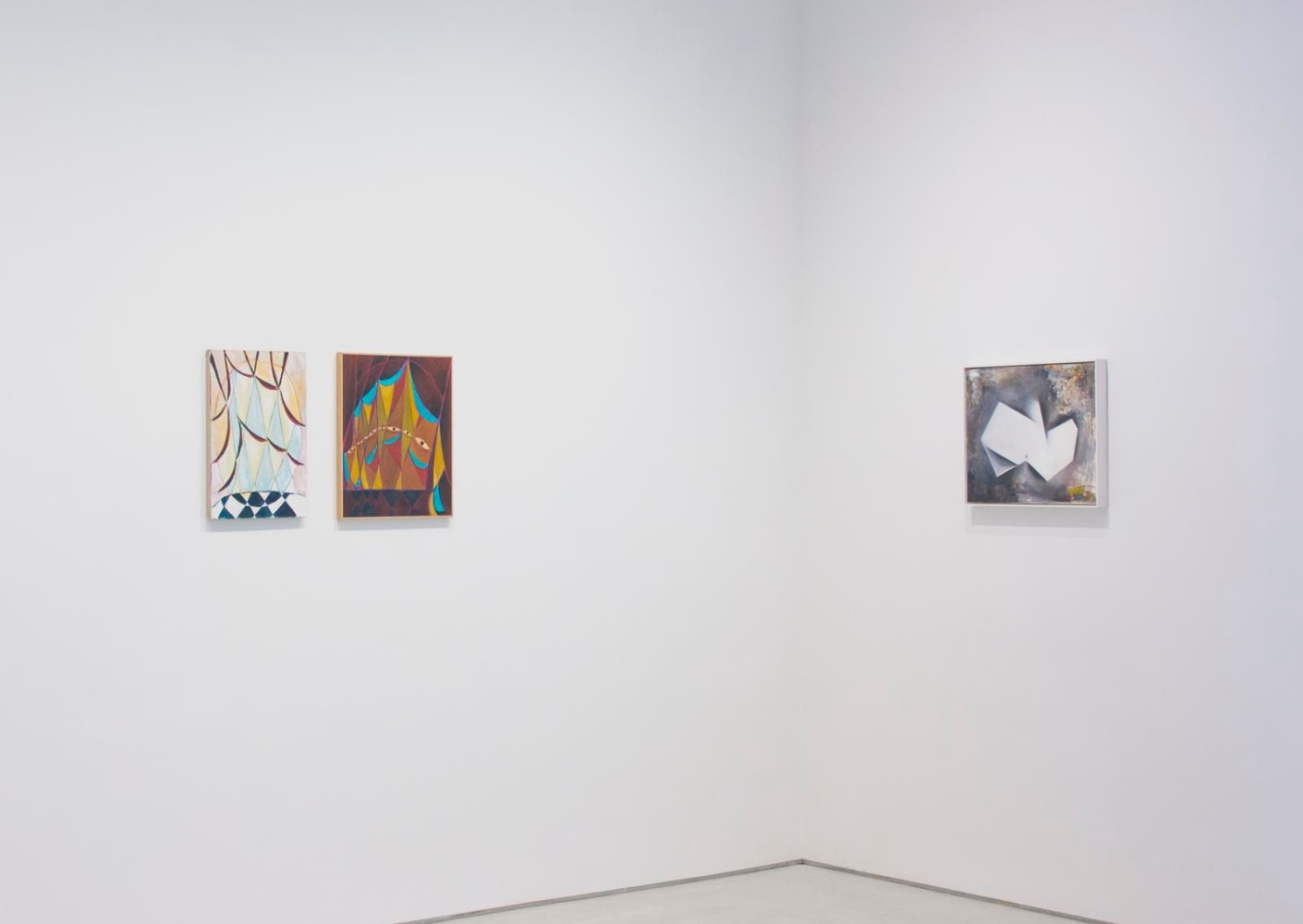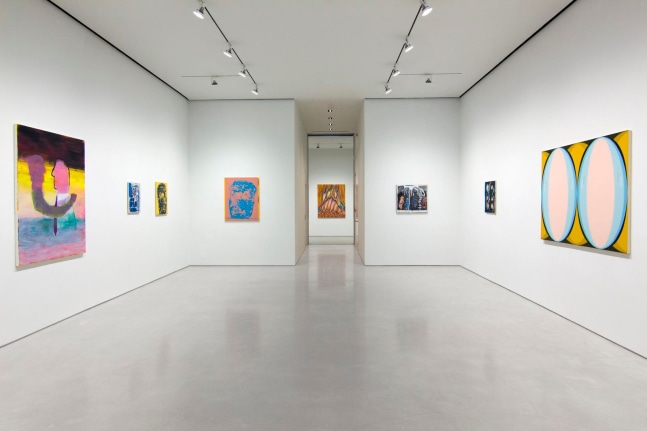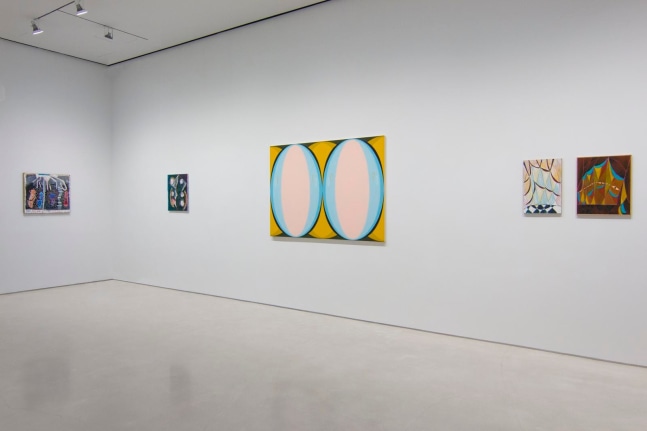
Pictography
Sperone Westwater, New York
29 June – 4 August 2017
Press Release
Pictography
29 June – 4 August 2017
David Armacost Katherine Bradford EJ Hauser
Yevgeniya Baras John Finneran Guillermo Kuitca
Michael Berryhill Heather Guertin Ryan McLaughlin
Sperone Westwater is pleased to present Pictography, a group exhibition of paintings posing as ideograms. The exhibition intends to convey a mood rather than a hypothesis, exploring aspects of a pictographic turn in painting. At times these works seem to acknowledge the pervasiveness of digital screens. Others appear overtly archaic or totemic in cast, as if to emphasize their non-digital nature, whether in facture or in esoteric subject matter. Throughout, the works behave as text or read as thought-pictures, like cartoons of ideas. Subjecting motifs to distillation and transformation, these artists suggest that long-discarded Modernist notions about painting as text (or sign) might have mileage in them yet.
Writing assumes a constitutive role in the work of EJ Hauser, who churns out sketches in sessions called “drawing labs;” she hopes to preserve their immediate graphic qualities in her paintings. In Hauser’s work text jostles against image and motifs which appear to be drawn from nature might depict poignant phrases rather than actual landscapes. (A visitor to Hauser’s studio suggested the phrase “crown mountain tunnel,” which has since become a recurring motif, in response to one of her works.) Paintings called “lookers” or “watchers” merge a mountainous landscape with a large Gustonesque head. The glyph-like framework of the head allows the image to flicker, over successive renderings, between the solidity of a boulder and the transparency of a window.
In the work of Ryan McLaughlin, writing softens into the pictorial. The iconic elements of his work recall Marsden Hartley’s military paintings of heraldic signs (which are, it should be noted, “portraits”). Here an untitled work features the shape of a bull, emblazoned with a white cross which could stand for Switzerland as readily as for any number of logos. The softly tactile application of paint elides the personal and the corporate.
Yevgeniya Baras creates richly textured paintings in which scrolling Russian script props up and squeezes between the work’s main compositional elements. These characters seem to become untethered from their linguistic associations. Curling lines rhyme with the flowing script, and a reading of the work shifts readily between its explicit textual qualities and its suggestion of a figure.
Heather Guertin’s work is not exactly portraiture, but it derives its emotional charge from this misapprehension. A small painting carves a face out of an oval Tiepolo sky with the faintest suggestion of a profile, while a large painting of crisp, mirrored heads produces a shallow space like a frieze. In John Finneran’s work, the body similarly splits into its signifying features: eyes, limbs, hieratic figures elongated across the picture plane. These works mine the narrow gap between iconic and three-dimensional space, between graphic and painterly line.
Guillermo Kuitca and David Armacost each employ architectural motifs to stand in for a wide array of concerns. In Kuitca’s work, putatively rational documents (floorplans, maps) become bodily surrogates or spaces where the psychological intrudes on the bureaucratic. One work conflates route markings with outstretched limbs, another a cubistoid floorplan with a body. In Armacost’s work, a stage becomes a veiled figural presence, alternately suggesting a spotlit head and a darkened curtain beaded with eyes.
Michael Berryhill’s paintings often feature an ambiguous central figure, elaborately staged. A recent work dissolves this form into a loose tangle of what might be greenery or drapery. The work reads as both Matissean pattern and runic symbol. Figure and ground invert and revert without clear resolution.
In a recent painting by Katherine Bradford, a figure barely weighted down by his necktie seems to wrangle with a Janus-like emanation which could be his double. The scene registers as archaic shorthand for a mythological episode, as if cave paintings depicted case studies in contemporary psychology.
Thank you to Katherine Bradford and EJ Hauser for the animated conversation which sparked this show.
Andrew Lee
June 2017
Gallery Contact:
Andrew Lee
andrew@speronewestwater.com
+1 212 999 7337
Media Contact:
Aurelia Rauch
aurelia@speronewestwater.com
+1 212 999 7337

